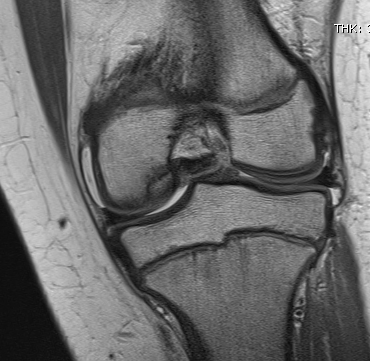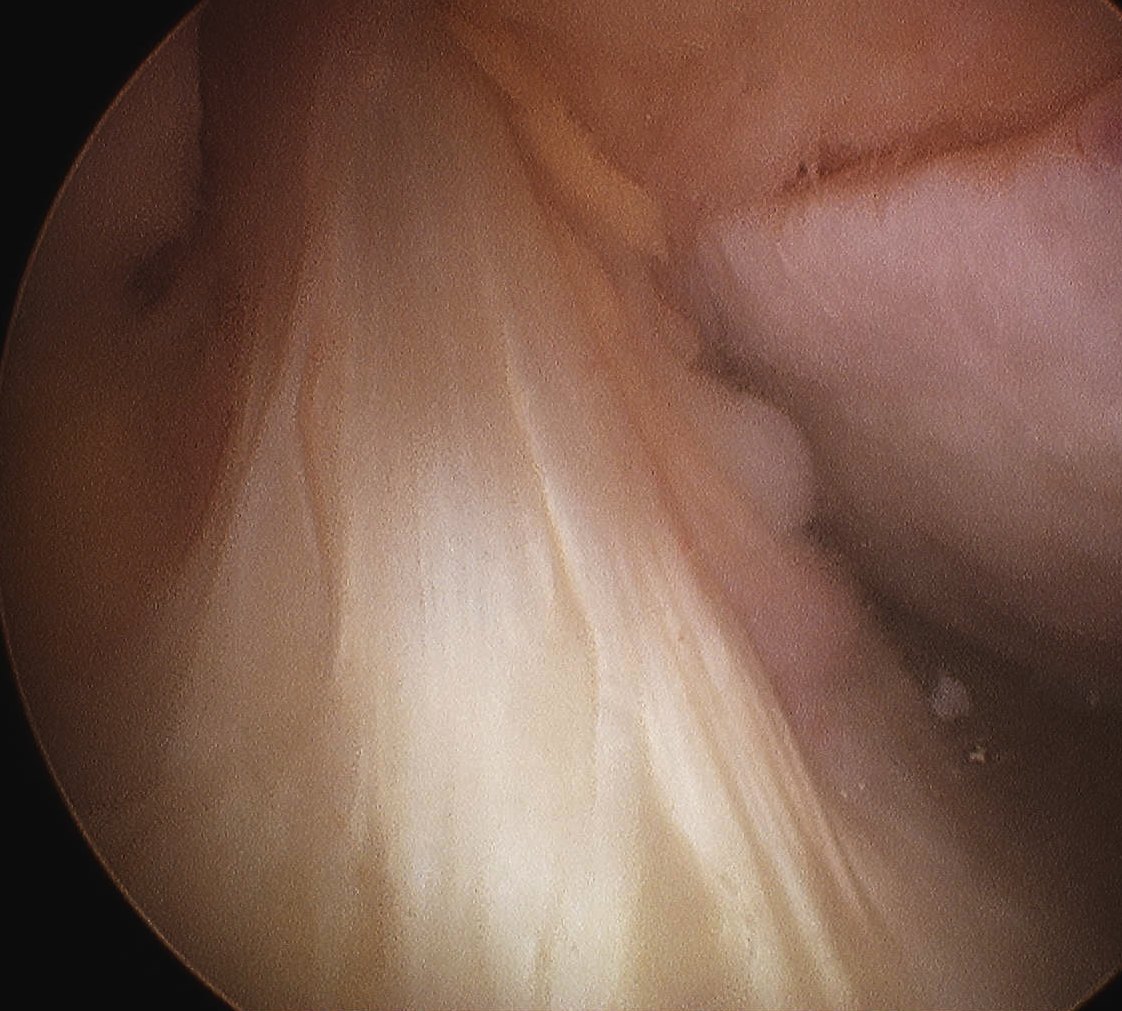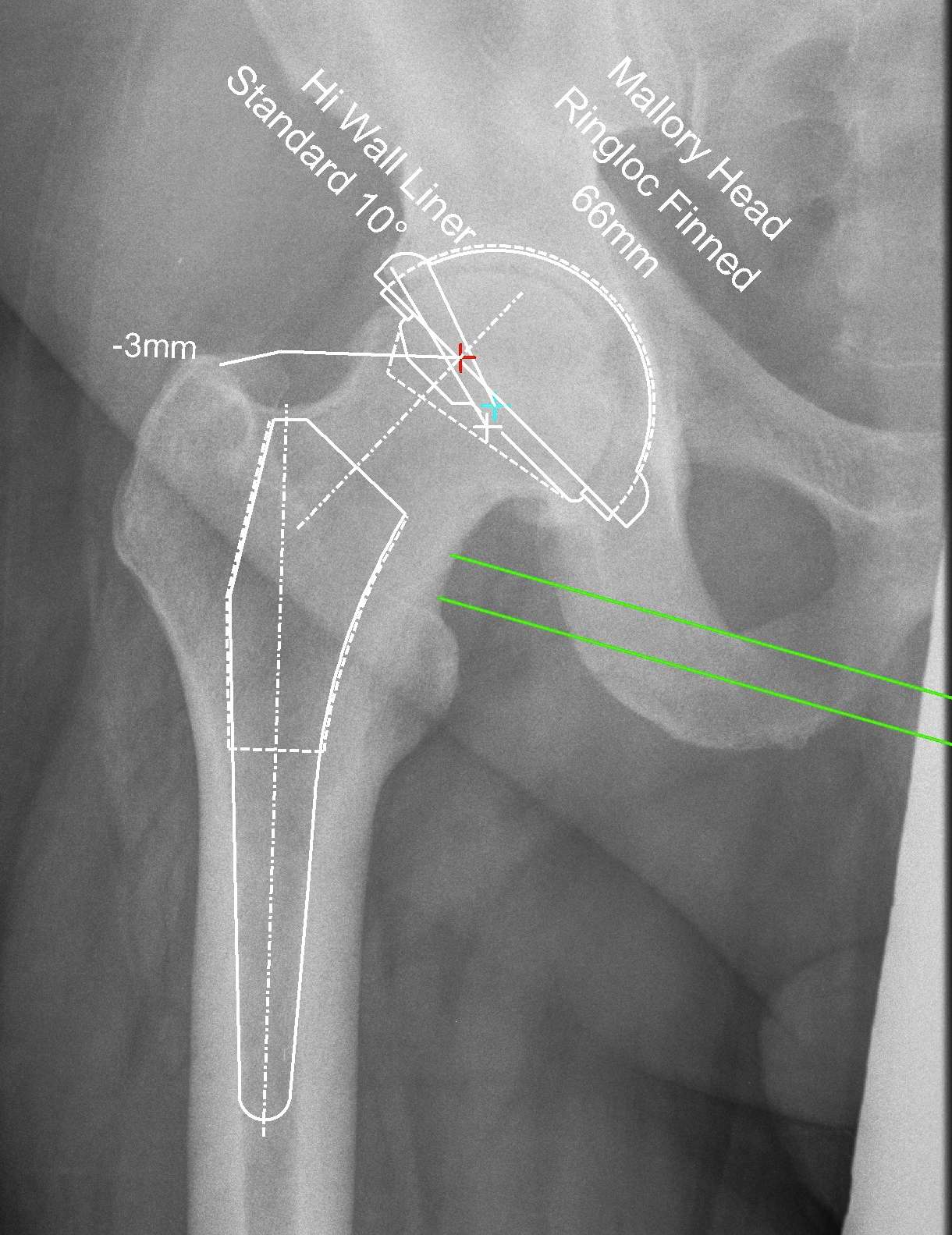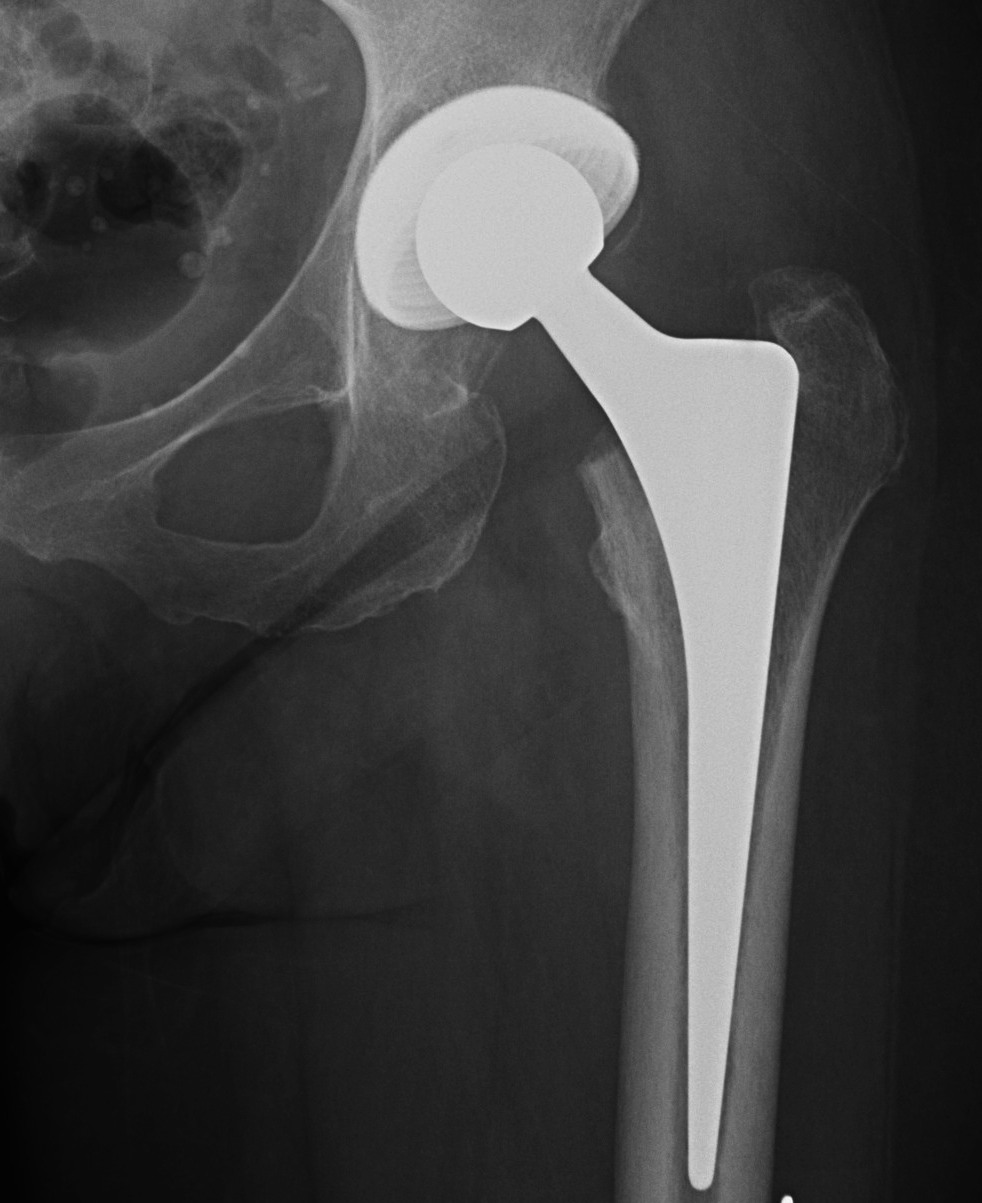Patella Tendon Rupture
Epidemiology
Usually occurs in young people
- often previous history of tendonitis ± steroid injections
Location
Usually at level of inferior pole of patella
- less common at tibial tubercle
- mid-substance ruptures rare
Clinical
Severe pain
Palpable defect
Extensor deficit / unable to SLR
Xray
Patella alta / high riding patella






